Key Takeaways
Table of Contents
1 The Origins of Deep House
Early Pioneers
Deep House Story Youtube Playlist
Key Characteristics
2 Essential Elements of Deep House Music
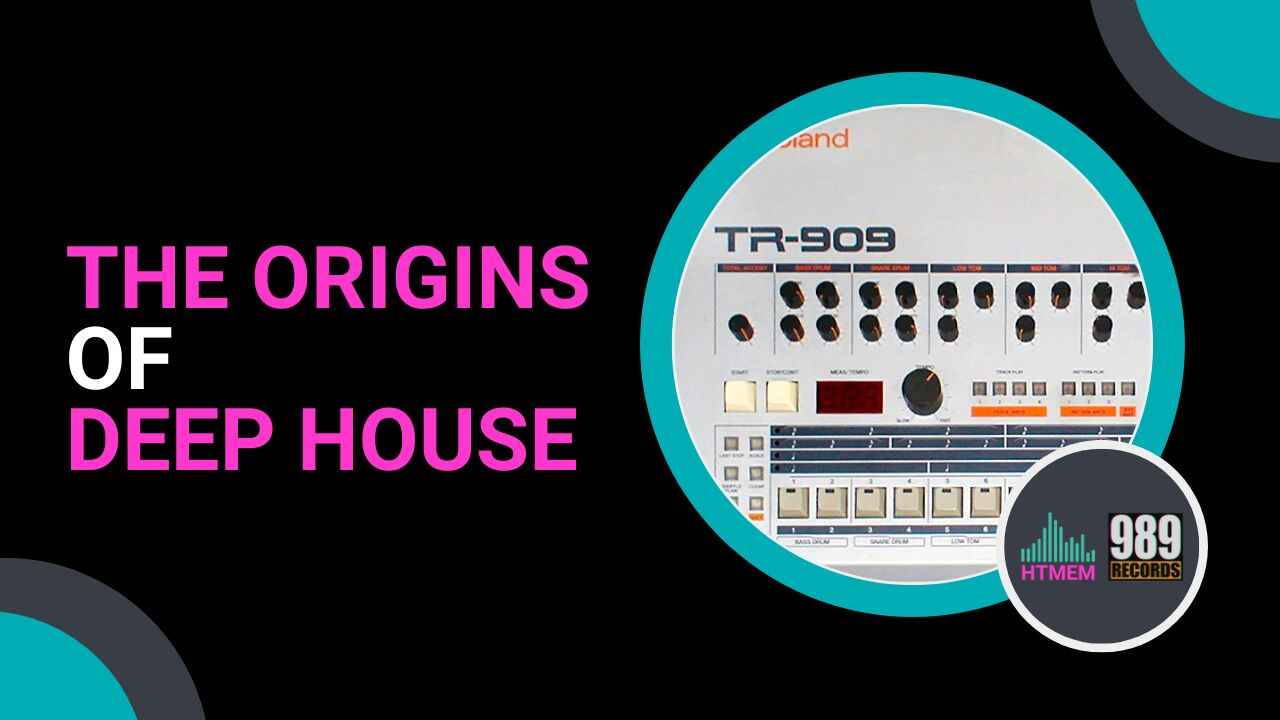
Drums and Percussion
Basslines and Groove
Chords and Melodies
3 Sound Design Techniques

Creating Warm and Rich Pads
Crafting Smooth Bass Sounds
Designing Atmospheric Effects
4 Arrangement and Structure
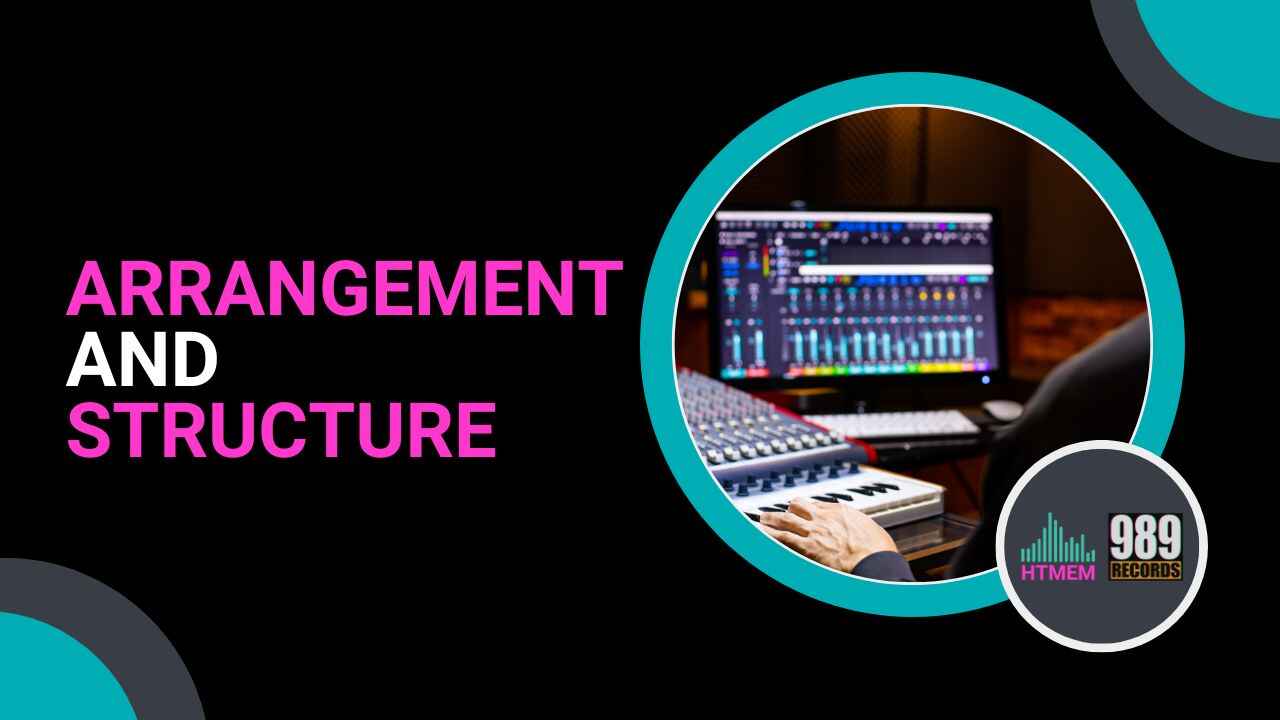
Building Tension and Release
Layering and Textures
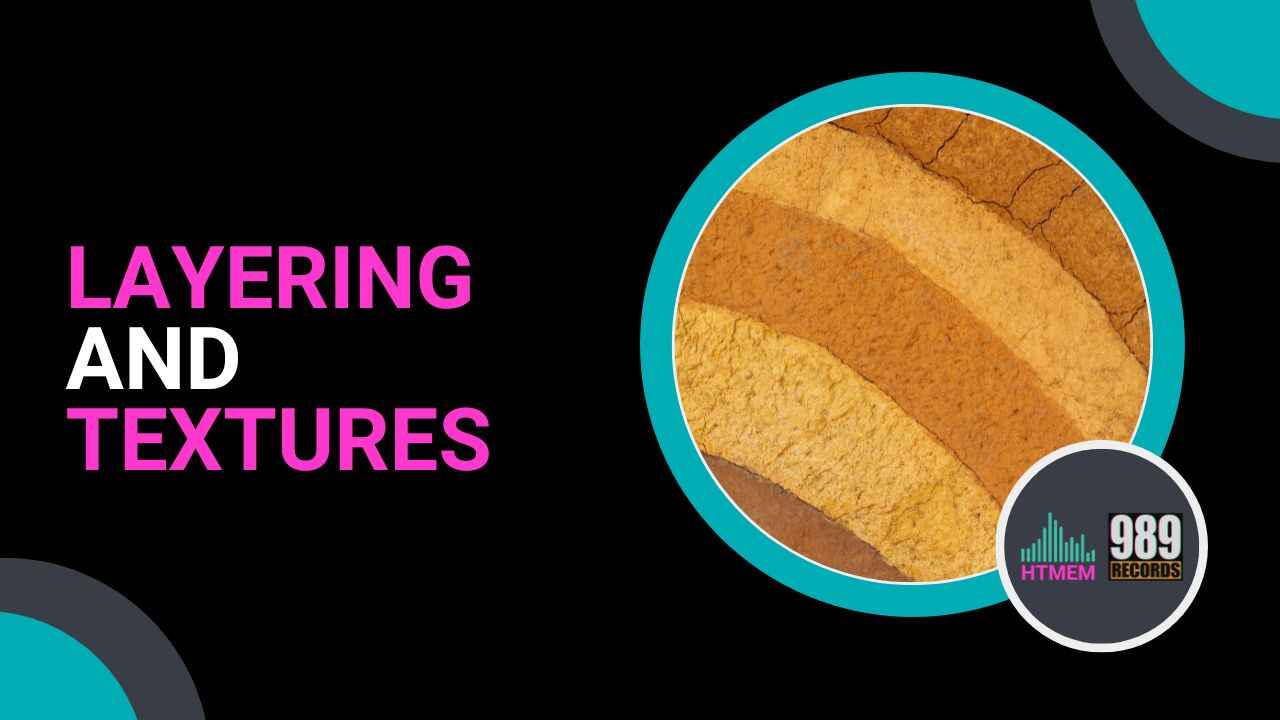
5 Mixing Techniques for Deep House
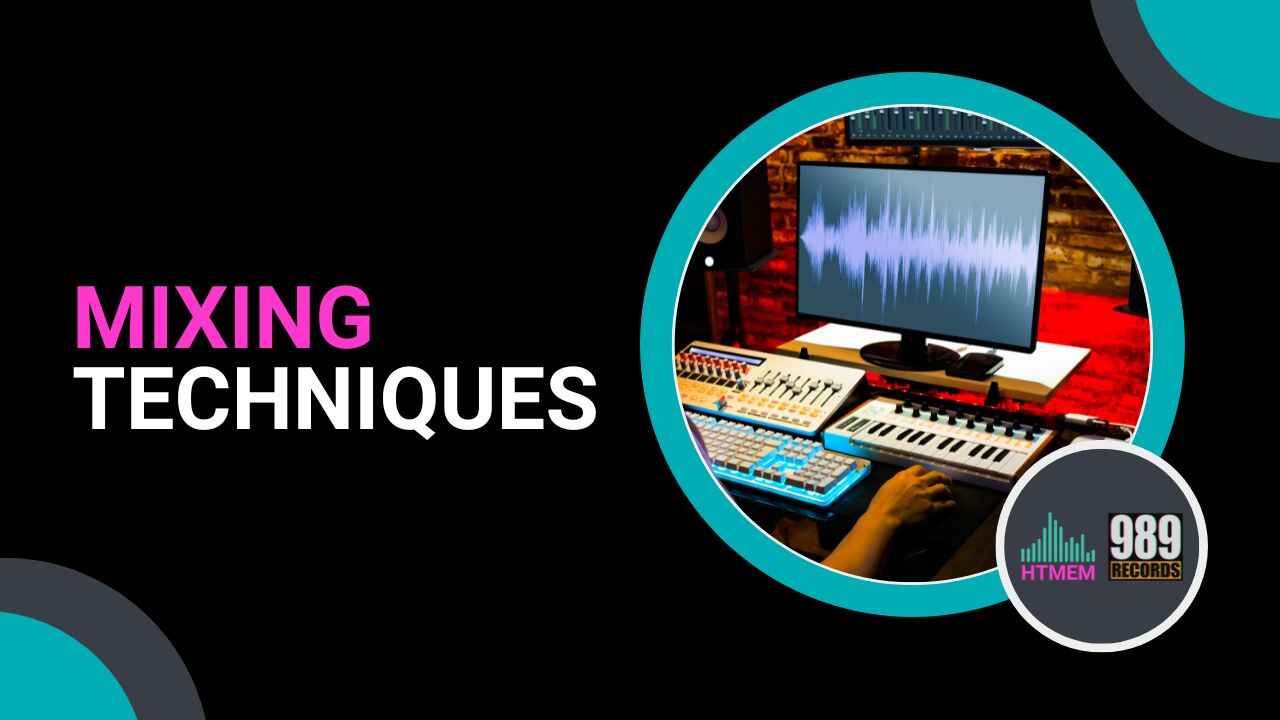
Balancing the Low-End
Creating Depth and Space
Enhancing Groove and Dynamics
6 Mastering Deep House Music
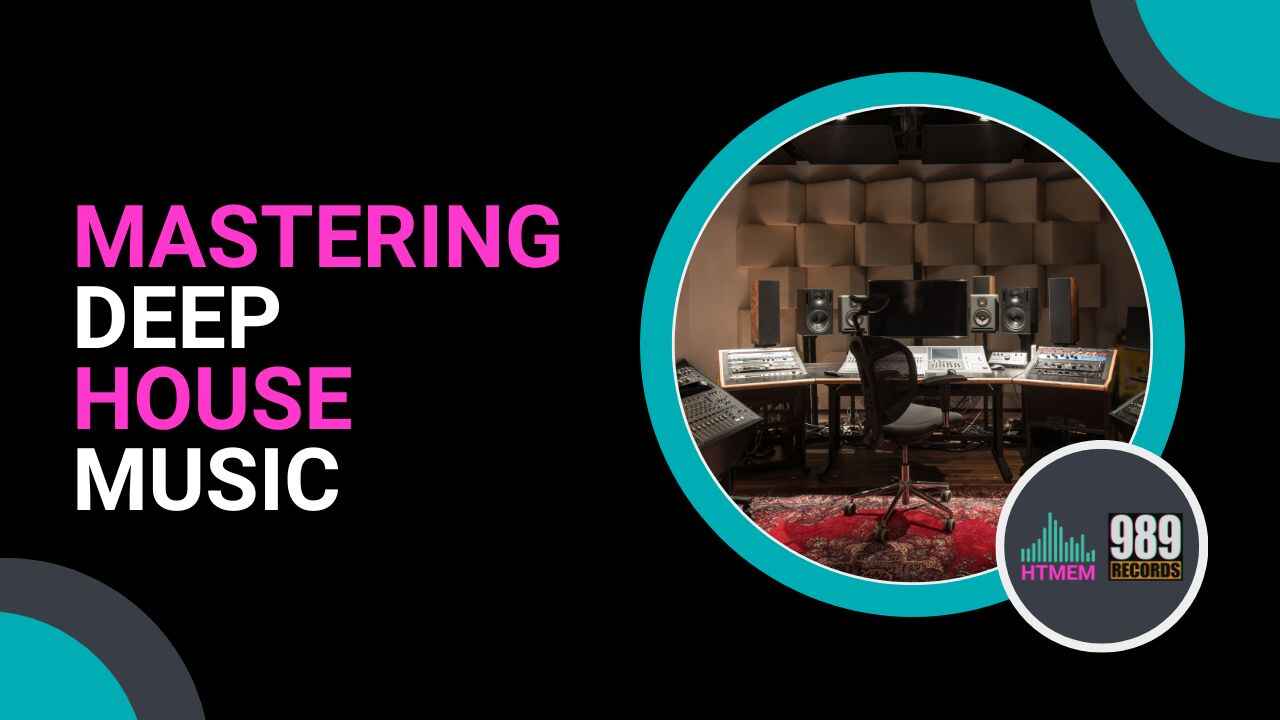
Loudness and Dynamic Range
EQ and Tonal Balance
7 Essential Deep House Production Tools

DAWs and Plugins
Sample Packs and Sound Libraries
8 Case Studies: Iconic Deep House Tracks

Track 1: Steve Bug & Cle - Let It Go [Nu Groove Records]
Track 2 - Clover Ray, Sam Dexter, Mallin - Thick Of It [Hungarian Hot Wax]
9 Summary
10 Frequently Asked Questions
What is Deep House music?
What is House Music vs. Deep House?
Why do People like Deep House Music?
What do you Need to Make House Music?
What are the essential elements of Deep House Music production?
About the Author
Max Porcelli
Steinberg Certified Trainer, DJ, and Producer with 29 years of experience. He owns 989 Records, an Electronic Music Label based in Italy. Every Saturday he hosts an exciting Radio Show called 989 Records Radio Show on air on Patchouli Deep Radio, London.
Write your awesome label here.







